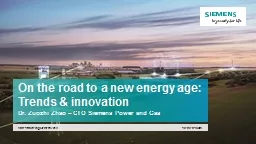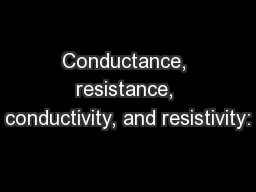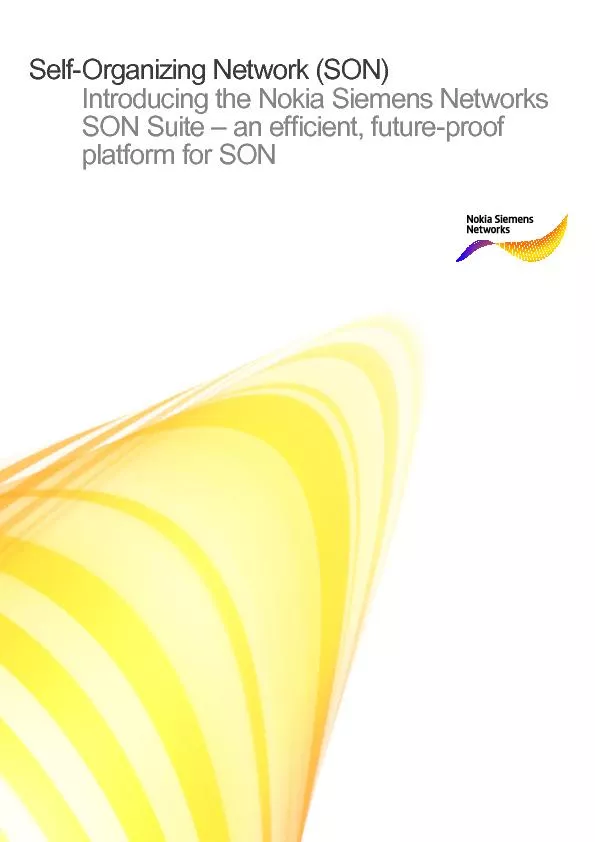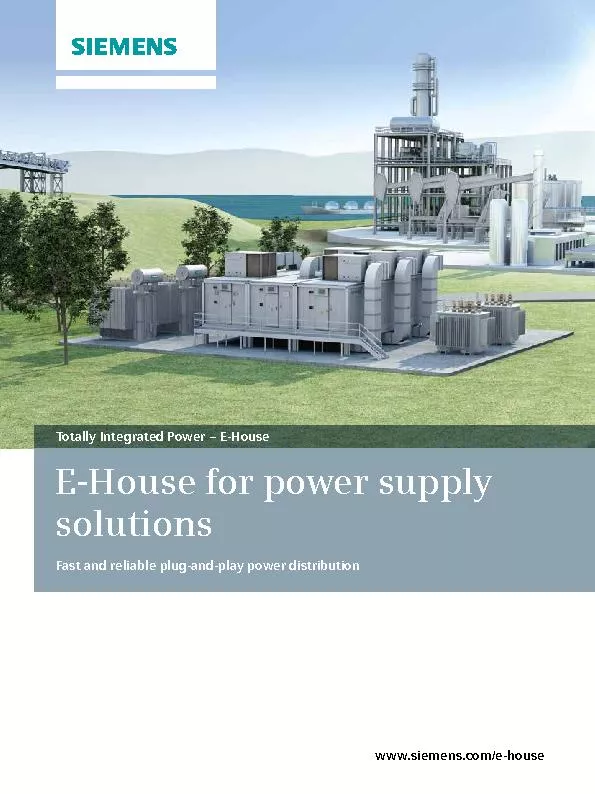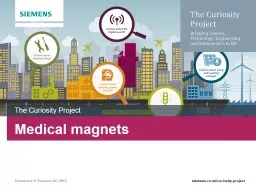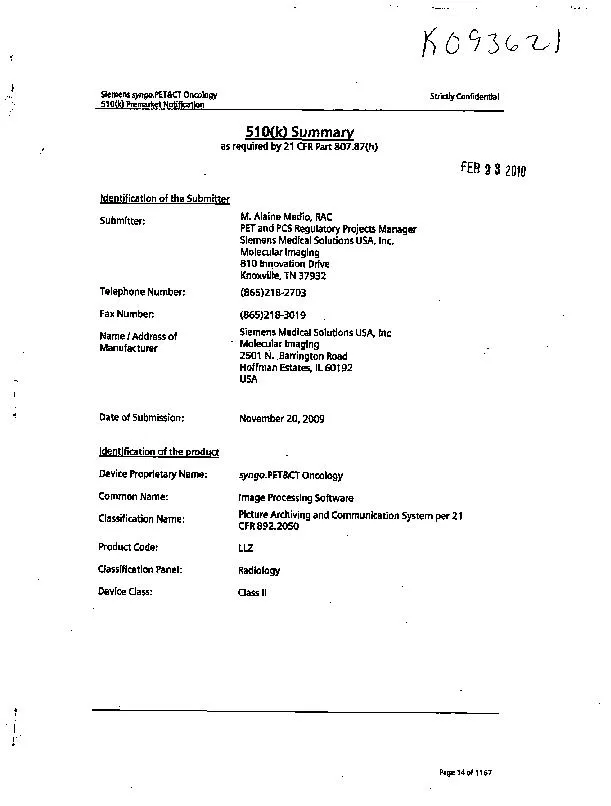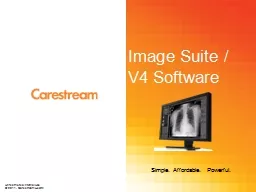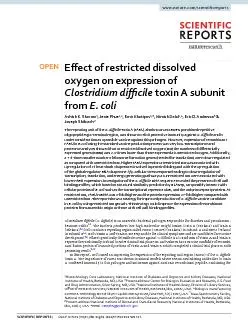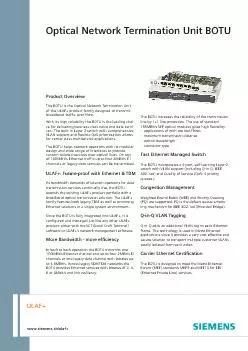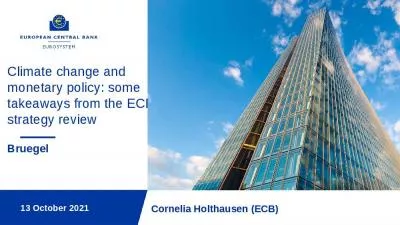PPT-siemens.com Unrestricted
Author : alexa-scheidler | Published Date : 2018-11-20
Siemens 2018 On the road to a new energy age Trends amp innovation Dr Zuozhi Zhao CTO Siemens Power and Gas We at Siemens Siemens AG 2018 Page 2
Presentation Embed Code
Download Presentation
Download Presentation The PPT/PDF document "siemens.com Unrestricted" is the property of its rightful owner. Permission is granted to download and print the materials on this website for personal, non-commercial use only, and to display it on your personal computer provided you do not modify the materials and that you retain all copyright notices contained in the materials. By downloading content from our website, you accept the terms of this agreement.
siemens.com Unrestricted: Transcript
Download Rules Of Document
"siemens.com Unrestricted"The content belongs to its owner. You may download and print it for personal use, without modification, and keep all copyright notices. By downloading, you agree to these terms.
Related Documents

